Ricardo Bofill: High Density Creates Cities
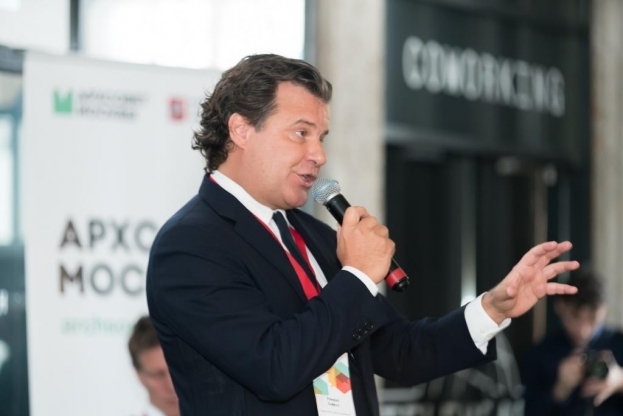
At «Comfortable City. Standards and Rules» Conference we asked Ricardo Bofill Jr. some questions about Moscow Renovation Program. Ricardo Bofill is Vice-President of Ricardo Bofill Taller de Arquitectura which is famous for its residential development projects that are socially oriented.
— What should be the degree of architects’ participation in such urban regeneration programs as Moscow renovation? What is your take on the competition for 5 pilot blocks of renovation?
— The participation of urban planners and architects should be 100%, because they have no way of talking in public. This is the way for architects to express their ideology and to see how much they have understood the DNA of Moscow, the history of Moscow, and how we can renovate this city, even if it requires some bold moves.
My idea is that it needs to be done progressively, in a series of action plans, like strategic planning. And I hope that many urban planners and architects will participate actively.
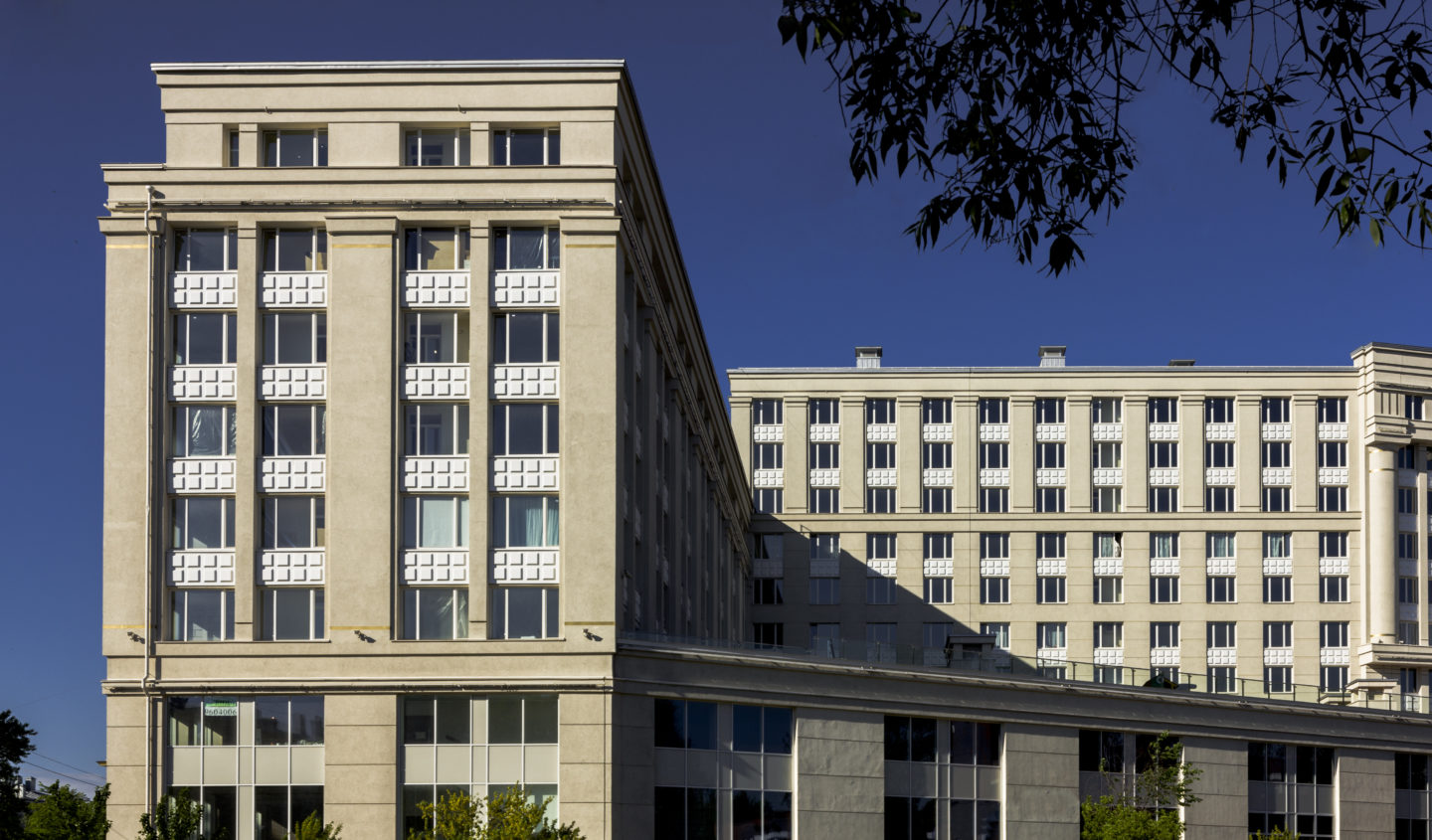
Residential compound in St. Petersburg. Ricardo Bofill Taller de Arquitectura
— What should be the comfortable density and number of storeys in residential development in a big modern city?
— Take, for example, Barcelona which is one of the densest cities in the world. In Biennale 2012, there was a model of different densest cities in the world: New Delhi, Barcelona... It doesn’t mean that density is bad. Density creates streets, plazas, gardens. But it is the regulation of density what is important. For example, St. Petersburg and Barcelona have quarters that are seven-storey high, but next to them you might have a tower of 12 levels. So it’s that variation of density of massing.
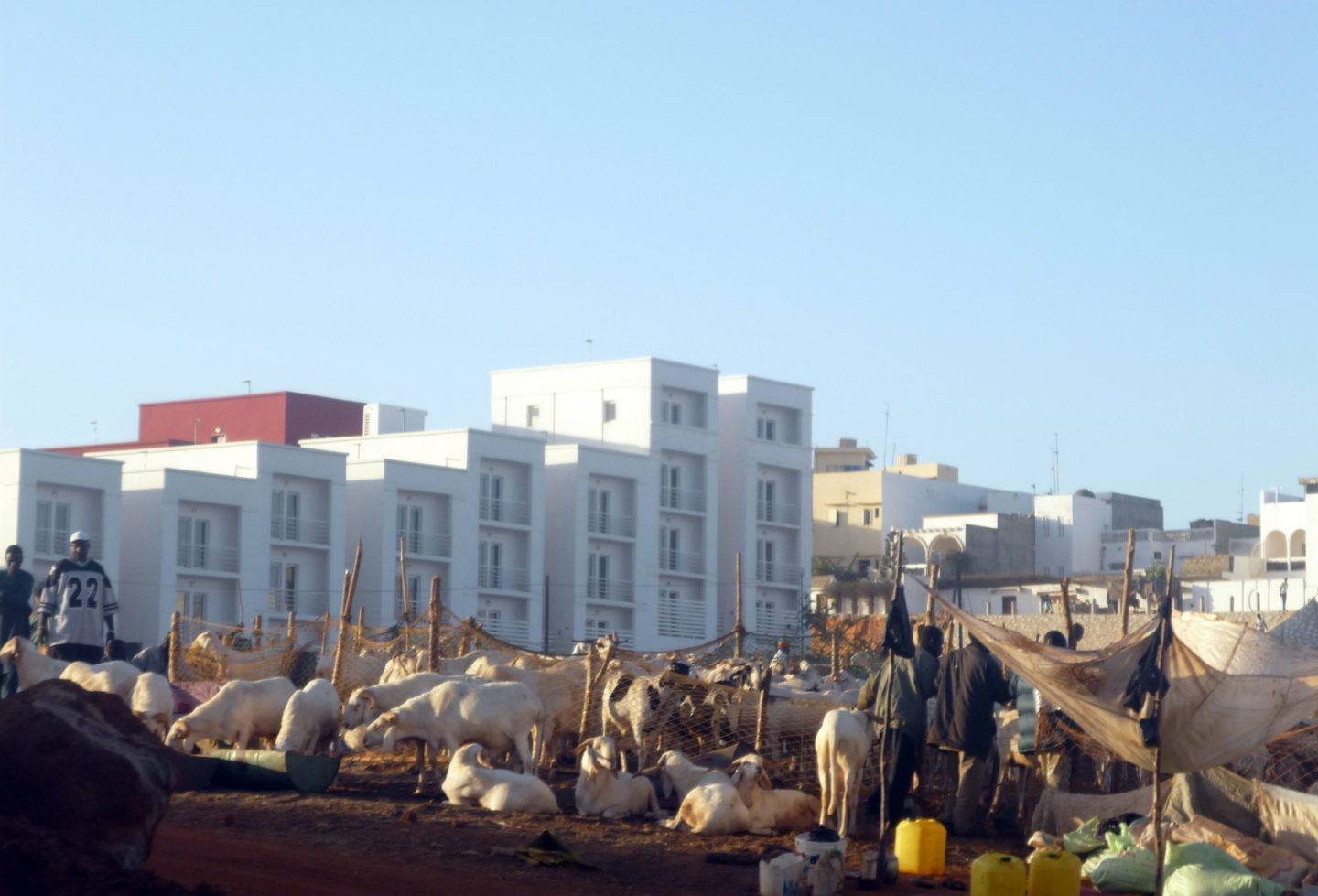
Residential compound in Dakar. Ricardo Bofill Taller de Arquitectura
— What is the role of the renewal of dilapidated housing in the sustainable development of modern metropolises?
— Well, construction of five-storey khrushchevkas was at the time part of the modern utopia. It was because of increment of population in Moscow. In fact, that industrialized panel solution was very innovative at the time. Then we had the Stalin blocks and other kinds of blocks, but now we are in the opposite ideological place. Today we face the challenge of not just building houses — we have reached a turning point which requires more rational urban space planning.
It is high density that creates cities. If not — go to your dacha!
Therefore, we need to revisit those old blocks and see how we can provide a comfortable environment to all those people living there and having their own property there. How can we actually move those people and offer them a better solution that they are happy to move to this place? It has social, economic, urban issues that are relevant to this very important discussion about this question.

New York, residential compound 220 11th Avenue
—What successful practices exist in the field of rapid and affordable construction in fast-growing mega-cities?
—I don’t believe so much in this 3D modeling.
I still believe that traditional hybrid system that combines industrialized technology with traditional handmade artistic work is the best way for cities to grow.
When the system is industrialized only, it’s very-very rigid. When a system is only manual and traditional, it is very slow. So that is why I’m advocating for this hybrid systems. For example, the structures like carcass or façade can be industrialized. Depending on the project you have to find the right system. There is no one solution that can be standardized, because every plot of land is different.
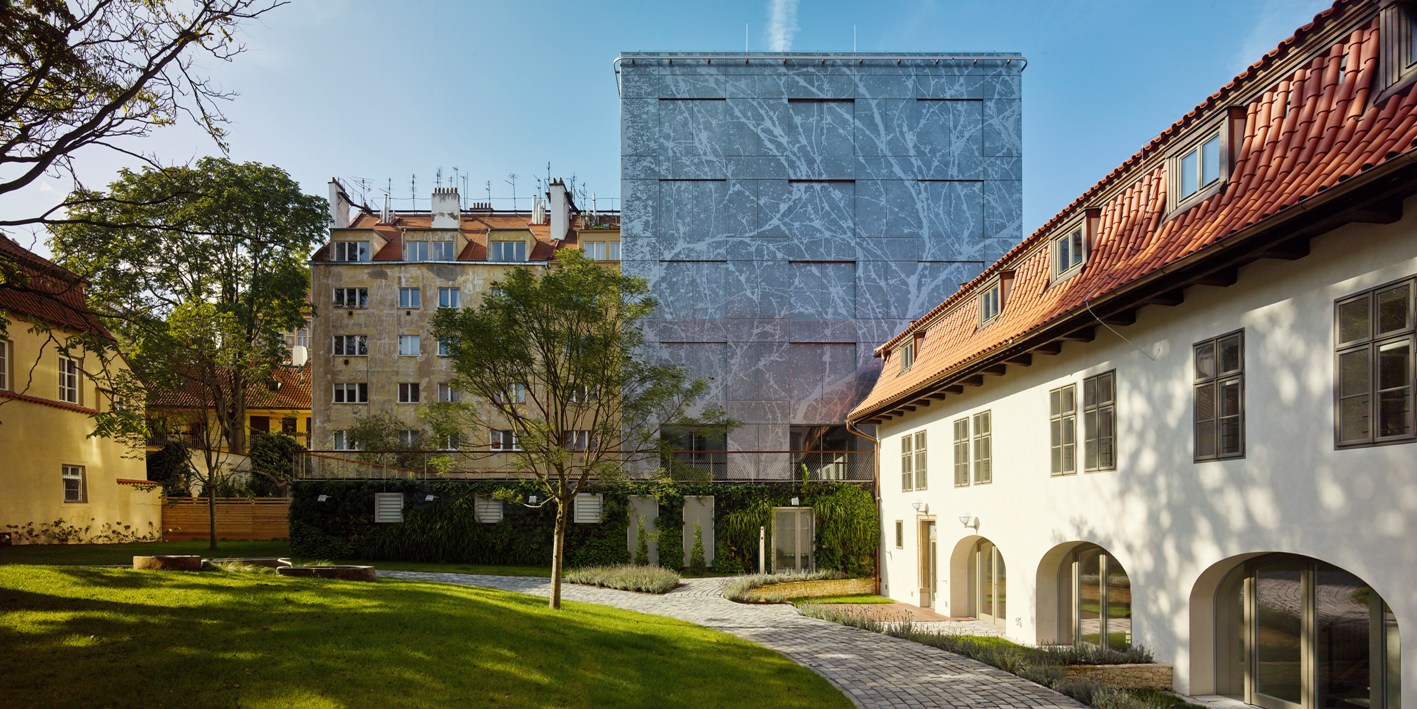
Prague, Obecni Dvur residential compound
Now we talk a lot about proximity and try to bring materials from 1 km away so as to reduce carbon footprint. These issues refer not only to industry, but also to global warming, ecology and also mobility.
— And speaking about renovation. How to avoid social unrest?
— The only way to do it is, first of all, to offer the product which is better. Secondly, to make people desire to move to a better place, to offer a better building, a better environment. It has to come from them, because in Russia we cannot move people — they have to move. It’s a free country, so we have to offer them an alternative.
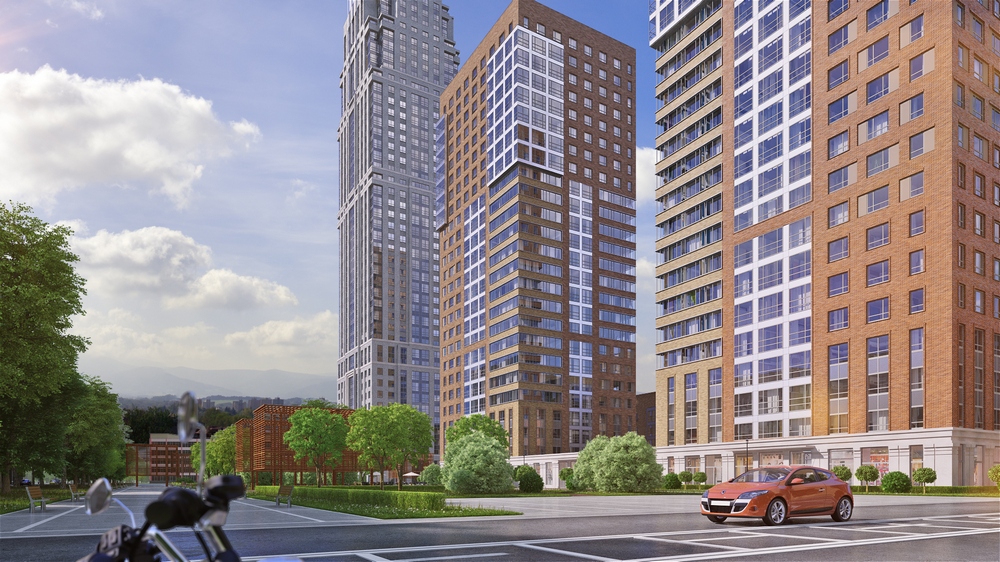
Residential Compound in Moscow, in Ryazansky Prospekt district
What I would do is, firstly, to start with these five pilot projects and see how they work, see what the problems might arise
I’m doing reconstruction project in Dharavi slum in India. Of course, it’s a different thing. We implement this project incrementally. We clear a place and then we do a building, then the people move to the building, then we clear another place and do a building, we clear and do a building... So we have even transit buildings.

Dharavi, Mumbai
There are many methodologies to do this, but essentially it is the desire to go to a better place which is an emotional, very complex decision, because people are always in love with where they live; because of the repetition of that environment they fall in love with it. So it needs psychology, it needs good urbanism, and it needs good architecture and, of course, comfortable units. It’s going to be a door-to-door communication; it requires a lot of dialogue, a lot of talking to the residents of these blocks to make sure that they understand that it’s not only for their own benefit, but for the benefit of the larger society.
- Tags:
- urban design




